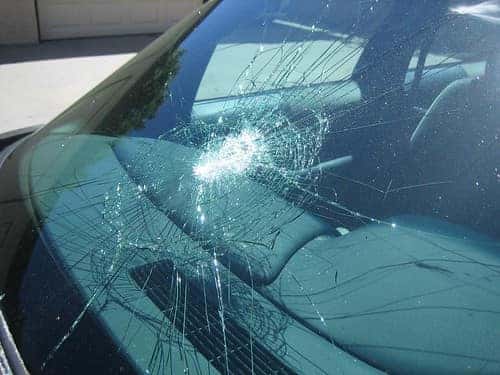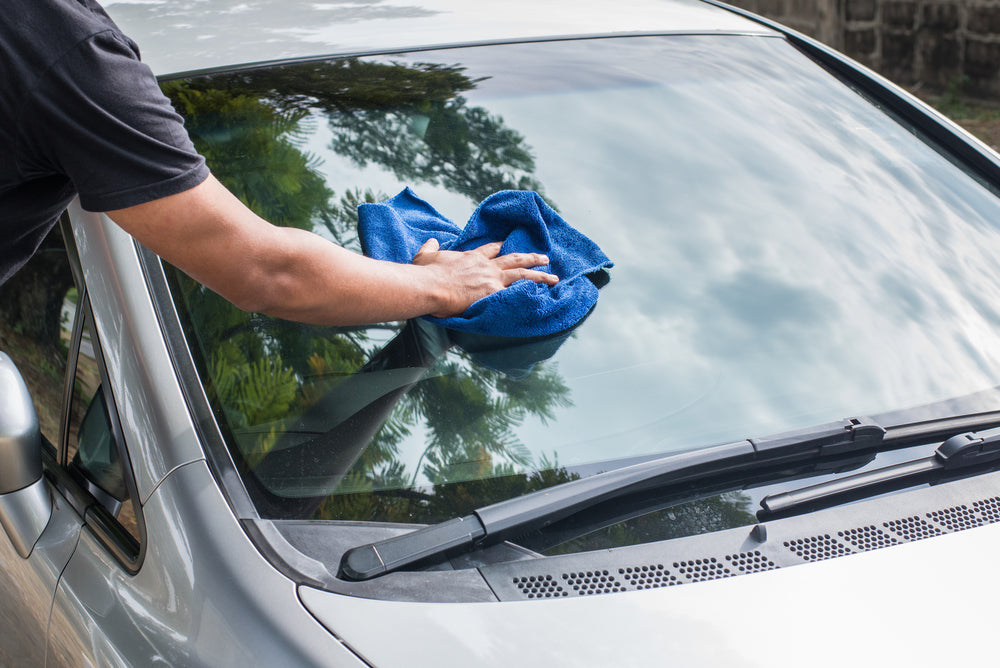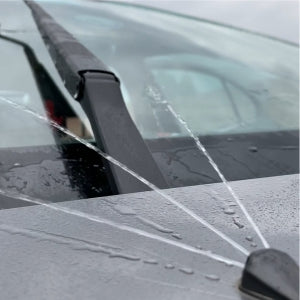Cracked Windshield? Here's How to Fix Your Car Windshield Crack
Introduction
A cracked windshield can be a major inconvenience and safety hazard. Whether it's a small chip or a more extensive crack, addressing the issue promptly is crucial to ensure your safety while driving and to prevent further damage. But don't worry, you don't always need to rush to a repair shop. In this comprehensive guide, we'll discuss various methods for fixing a car windshield crack, ranging from DIY solutions to professional repairs. By the end, you'll have the knowledge needed to make an informed decision and get your windshield back in top shape.

Understanding the Types of Windshield Cracks
Before we delve into the methods of fixing a cracked windshield, it's essential to understand the different types of cracks. The type and size of the crack will determine whether it's a candidate for DIY repair or if it requires professional intervention. Here are the common types of windshield cracks:
-
Bullseye Crack: A bullseye crack is circular and often resembles a bullseye target. It typically results from a small object, such as a rock or pebble, hitting the windshield.
-
Star Break: Star breaks have multiple small cracks radiating from a central point, resembling a star. They are often caused by a moderate impact.
-
Half-Moon Crack: Half-moon cracks are semi-circular and result from a partial impact, often from a smaller object.
-
Crack Chip: Crack chips are single cracks that may extend across the windshield. They are usually caused by a sharp impact, like a stone.
-
Edge Crack: Edge cracks occur near the windshield's edges and can extend outward. They can weaken the structural integrity of the glass and require immediate attention.
-
Combination Break: Combination breaks are a mix of various crack types, often challenging to categorize. They may include features of bullseye cracks, star breaks, or others.
Now that we've covered the types of cracks, let's explore the methods for fixing them based on their size and severity.
DIY Methods for Fixing Small Windshield Cracks
If you have a small windshield crack, you may be able to fix it yourself using DIY repair kits available in auto parts stores. Here's how to do it:
Materials You'll Need:
- Windshield repair kit (typically includes resin and repair tools).
- Safety gloves and eye protection.
- A clean, dry cloth.
- Razor blade or utility knife.
- Clear tape.
Step 1: Prepare the Windshield
Begin by cleaning the crack and the surrounding area. Use a clean, dry cloth to remove any dust, dirt, or loose glass fragments. Ensure the area is completely dry.
Step 2: Assess the Crack
Examine the crack to ensure it's suitable for DIY repair. Generally, small cracks that are less than 6 inches long and not located near the edges of the windshield can be fixed using a DIY kit.
Step 3: Use the Repair Kit
Follow the instructions provided with your windshield repair kit. Typically, the process involves these steps:
- Attach a pedestal or bridge device over the crack.
- Insert a resin tube into the device.
- Apply gentle pressure to force the resin into the crack.
- Allow the resin to cure, usually by exposing it to sunlight or using a UV lamp.
Step 4: Finish and Clean
Once the resin has cured, use a razor blade or utility knife to scrape away any excess resin on the surface. Clean the area once more to ensure there's no residue.
Step 5: Check the Repair
Inspect the repaired area from both the inside and outside of the windshield. If you notice any remaining cracks or imperfections, you may need to repeat the process or seek professional help.
Professional Windshield Repair
For larger or more extensive cracks, or if you're uncomfortable with DIY repairs, it's best to seek professional help. Professional windshield repair offers the following benefits:
-
Quality Repair: Professionals have the experience and tools to provide a high-quality repair that ensures the crack is less visible and restores the windshield's structural integrity.
-
Insurance Coverage: In many cases, your car insurance may cover the cost of windshield repair, making it an affordable option.
-
Safety: Properly repaired windshields meet safety standards and are less likely to shatter upon impact, protecting you and your passengers.
-
Time Savings: Professional repairs are often quicker and more effective, allowing you to get back on the road with a safe and clear windshield.
When to Replace Instead of Repair
In some cases, a cracked windshield may be beyond repair, and a replacement is necessary. Here are situations where replacement is the better option:
-
Large Cracks: Cracks longer than 6 inches or extensive damage may not be effectively repaired, compromising the windshield's structural integrity.
-
Location: Cracks near the windshield's edges or obstructing the driver's line of sight cannot be repaired safely.
-
Compromised Visibility: If the crack affects your ability to see the road clearly, replacement is crucial for your safety.
-
Previous Repairs: If your windshield has already undergone multiple repairs, it may be weakened, and further repairs may not be effective.
-
Regulations: Local regulations and safety standards may require windshield replacement in specific situations.
Tips for Preventing Windshield Cracks
Preventing windshield cracks is preferable to repairing or replacing them. Here are some tips to help you avoid windshield damage:
-
Maintain Safe Following Distances: Keep a safe distance from other vehicles, especially large trucks that can kick up debris.
-
Avoid Off-Road Driving: Stay on paved roads whenever possible to reduce the risk of encountering gravel or other debris.
-
Replace Wiper Blades: Worn or damaged wiper blades can scratch the windshield. Replace them regularly.
-
Inspect Your Windshield: Regularly check your windshield for small chips or cracks, and address them promptly before they worsen.
-
Avoid Sudden Temperature Changes: Rapid temperature changes can stress the glass and lead to cracks. Avoid using hot water to de-ice a frozen windshield.
Conclusion
A cracked windshield is not something to ignore. Whether you opt for a DIY repair or seek professional help, addressing the issue promptly is essential for your safety on the road. Smaller cracks can often be effectively repaired using DIY kits, while larger or more extensive damage requires professional attention. Remember that prevention is key, so take steps to avoid windshield damage whenever possible, ensuring that your view of the road remains clear and safe.



